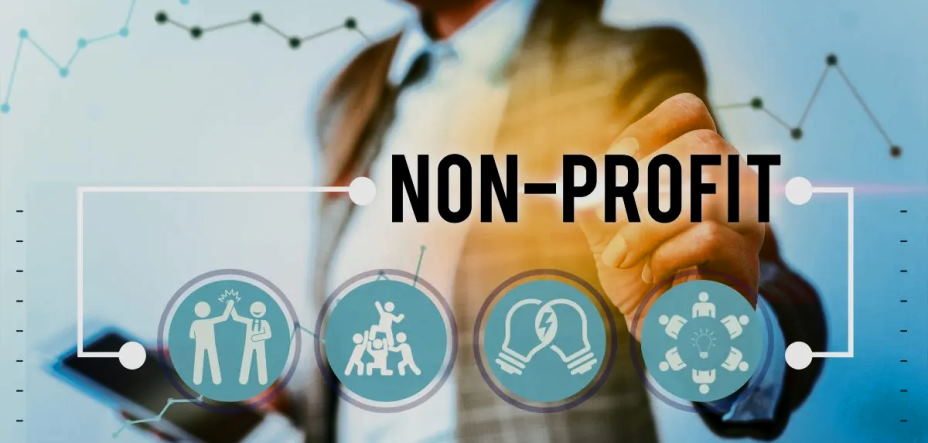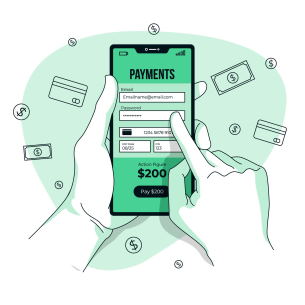Chances are you have received or made an international payment at some point in your life. But as a nonprofit, it’s important to understand the ins and outs of making and receiving these payments correctly. In this blog post, we will explain everything you need to know about international payments, including how to make and receive them. Keep reading for more information!
Nonprofit money transfer services option
As a nonprofit, you may need to send or receive international payments for a variety of reasons. Perhaps you’re working with an international partner organization, or you’re raising funds from donors in other countries. Whatever the reason, there are a few things you need to know about sending and receiving international payments as a nonprofit.
First, if you’re sending payments to another country, you’ll need to make sure that your payment provider can send money to that country. Not all providers offer this service, so it’s important to check before you try to make a payment.
Second, when you’re sending or receiving payments internationally, you’ll need to be aware of any fees that may apply. These can include transaction fees, currency conversion fees, and more. Again, your payment provider should be able to give you an estimate of any fees that may apply to your transaction.

Finally, it’s important to remember that international payments can take longer to process than domestic payments. This is due to the time difference between countries, as well as the fact that international payments may need to go through additional steps (such as currency conversion) before they’re processed. As such, it’s important to plan ahead and allow extra time for international payments to be processed.
With these things in mind, sending and receiving international payments as a nonprofit shouldn’t be too difficult. Just be sure to do your research beforehand and allow plenty of time for the payment to be processed.
A guide to making international payments for your nonprofit
If you are a nonprofit organization that works with international partners, receiving and sending payments can be challenging. There are a few different ways to do this, and the best method for your organization will depend on factors like the amount of money being sent or received, the countries involved, and how fast you need the funds.
One option for sending international payments is to use a wire transfer. This is generally the most expensive option, but it is also the fastest way to send funds. Wire transfers can be done through your bank or an online service like Western Union.

Another common method for sending international payments is to use a check. This is often the cheapest option, but the check can take a few weeks to clear. If you are sending a large amount of money, you may consider using a cashier’s check instead of a personal one. Cashier’s checks are more expensive than personal checks, but they clear faster.
Finally, you can also use a prepaid debit card to send international payments. This option is becoming more popular because it is less expensive than wire transfers and checks and can be used anywhere that accepts Visa or Mastercard. When you use a prepaid debit card, you will load money onto the card in advance and then use the card to make purchases or withdraw cash from ATMs in the country where you are sending the payment.
No matter your chosen method, there are a few things to remember when sending international payments. First, ensure you understand the currency exchange rate before sending any money. This will help you know how much the payment will cost in your currency. Second, be aware of any fees associated with the method you use to send the payment. These fees can add up, so it is important to factor them into your decision about which method to use. Finally, always double check the recipient’s information before sending any money. This will help ensure that the funds arrive safely and go to the right person.
 Your support is literally life changing and life saving. Thank you for standing alongside us and the thousands of survivors who need help to leave and recover, we couldn’t do it without you.
Your support is literally life changing and life saving. Thank you for standing alongside us and the thousands of survivors who need help to leave and recover, we couldn’t do it without you.